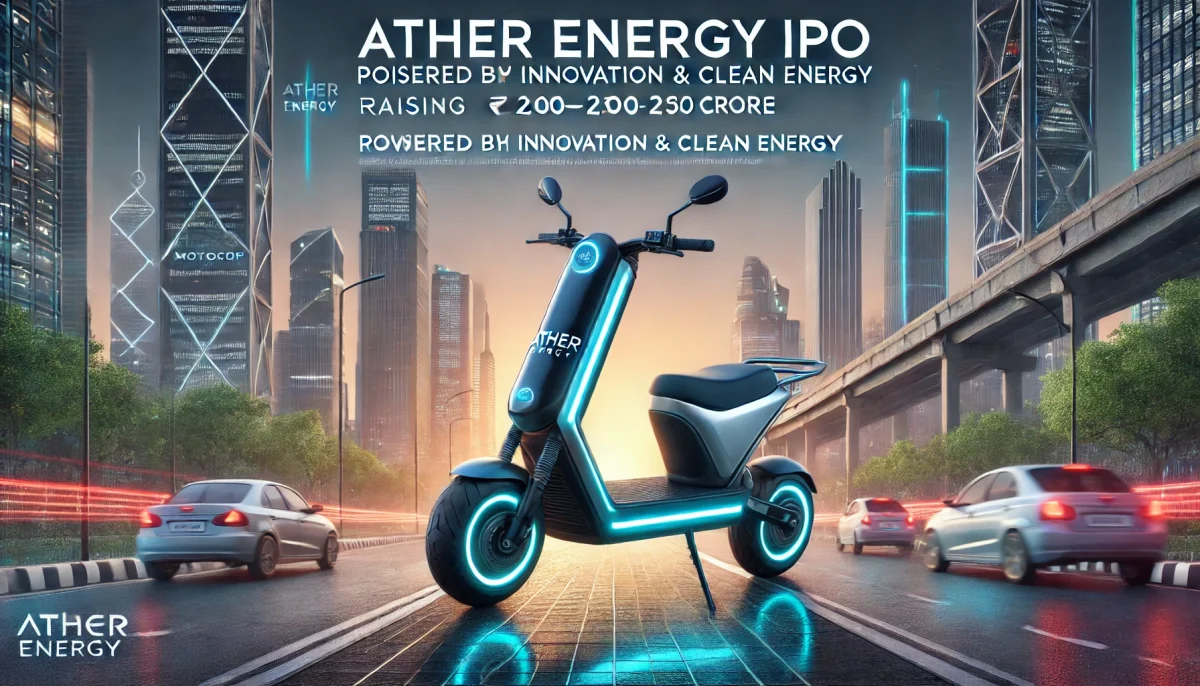Benefits of GST in business
The benefit of GST in business has positively affected different areas of the Indian economy. Depending upon the industry you work in, GST has its advantages. We are actually looking at low inventory expenses that can benefit the Indian economy in the long run.
Let’s discuss some advantages of GST in India:-
1. GST eliminates the cascading effect of tax
GST has been designed and implemented to bring indirect taxation under one umbrella. More importantly, it eliminates the cascading effect of taxation. Cascading tax effect can be best expressed as ’Tax on Tax’. To reduce this problem, the input tax credit (ITC) was created under the benefits of GST to businesses.
The concept is simple ’ you purchase the supplies for your business from different vendors and pay GST when required. Then, when you sell your service or products, you charge GST from your customers. Every month, the government authorities expect you to pay that amount in taxes.
2. Higher threshold for registration
Earlier, in the structure of VAT, business with a turnover of more than 5 lakh (in most of the states) is liable to pay VAT (Value Added Tax). Also, the tax depends on the nature of business you are operating in, and service tax was exempted for service providers that have a turnover of less than 10 lakh.
Now, with GST coming in, the service provider organizations with turnover lower than Rs.20 lakh are exempted and take benefits of GST in business. In the case of North-Eastern states, Rs.10 lakh is the threshold. This will help small business owners to avoid lengthy taxation procedures.
3. Composition scheme for small businesses
Under the GST regime, small businesses (with a turnover of Rs 20 to 75 lakh) can benefit and pay only 1% of the tax of their turnover as it provides an option to lower taxes by utilizing the scheme of composition. This has moved down the taxes and compliance burden on many small business owners. The benefit of GST to small businesses in India has also helped at reducing corruption and sales without receipts.
4. The simple and easy online procedure
The entire GST process (registration to filing the returns) is made online with super simple operations. This is beneficial for start-ups, as they do not have to get into different registrations such as VAT, excise, and service tax.
5. The number of compliances is lesser
Earlier, there was service tax and VAT, each of which had their compliances and returns.
However, under GST there is just one return to be filed. Therefore, the number has come down of returns to be filed. There are approximately 11 returns under GST, in which 4 are basic returns that apply to all taxable individuals. The main GSTR-1 is manually populated and GSTR-2 and GSTR-3 will be auto-populated. Under the benefit of GST to business, the compliances are now lesser.
6. Defined treatment for E-commerce operators
Before the GST regime, supplying goods through e-commerce was not defined. It had variable VAT laws.
For example, The e-commerce brands were treated as facilitators or mediators by states like Kerala, West Bengal, and Rajasthan which did not require them to register for VAT but if the online brands are delivering to let’s say Uttar Pradesh, they had to file for VAT and mention the registration number of the delivery vehicle otherwise the tax authorities could seize goods if the documents were not produced.
All these confusing compliances have been removed under the benefit of GST in business. It has now clearly mapped out the inter-state movement of goods for the provisions applicable.
7. Improved efficiency of logistics
Earlier, In India, the logistics industry had to maintain many warehouses across states to avoid the inter-state movement and CST which pushed them to operate below their capacity.
However, these restrictions on state movement of goods have been lessened under GST.
As an outcome of benefit of GST to business, Instead of operating from other cities, the logistic aggregators have shown interest in setting up the warehouses at a strategic location which leads to a reduction in unnecessary logistics expenses and increasing profits for businesses.
As the GST in business eliminated the varied state taxes, It opens ups India for business.
8. Convenient Filing
For a small business, one of the best things about GST is its convenience. In the old system, the owner had to pay and track a variety of taxes, which included service tax, central excise duty, purchase tax, luxury tax, countervailing duty, and many other taxes.
Under GST, the small business owner, only needs to pay a single tax that makes your monthly and annual returns much easy. That means you can stay compliant without spending much money on a tax professional. You can handle each step of the tax process by using the online GST portal, from registering for GST to paying your taxes.
The GST system is relatively easy to master for the small business owner. Once you get the hang of the forms and filing requirements, you can streamline your accounting to save time, energy and money.






